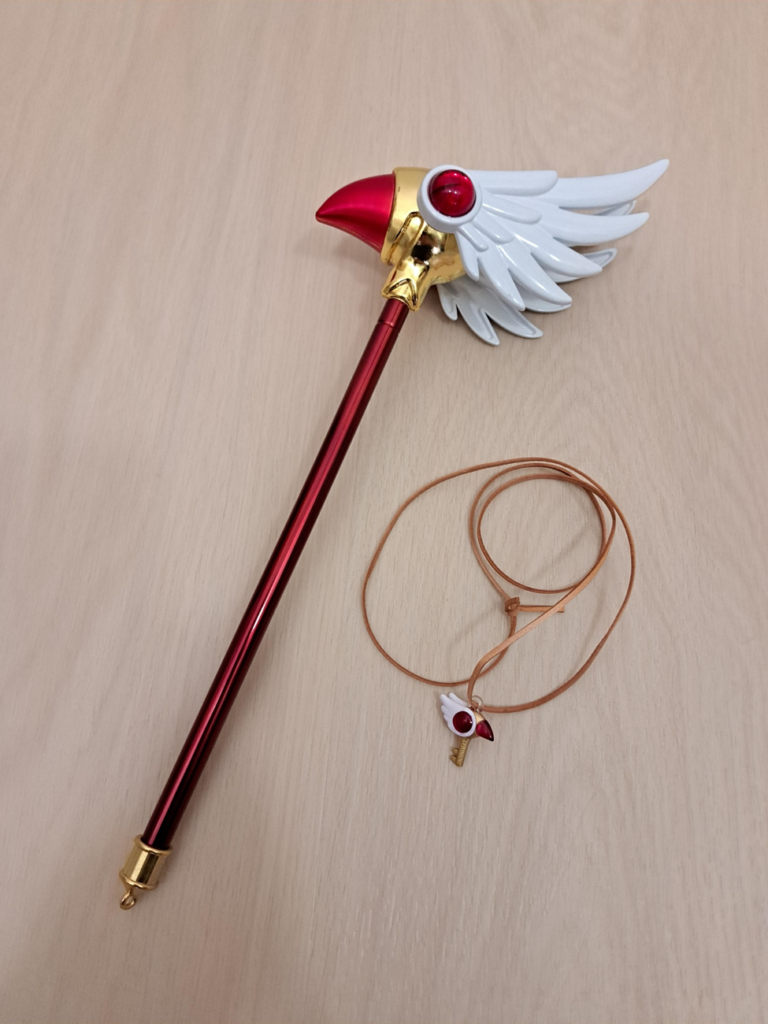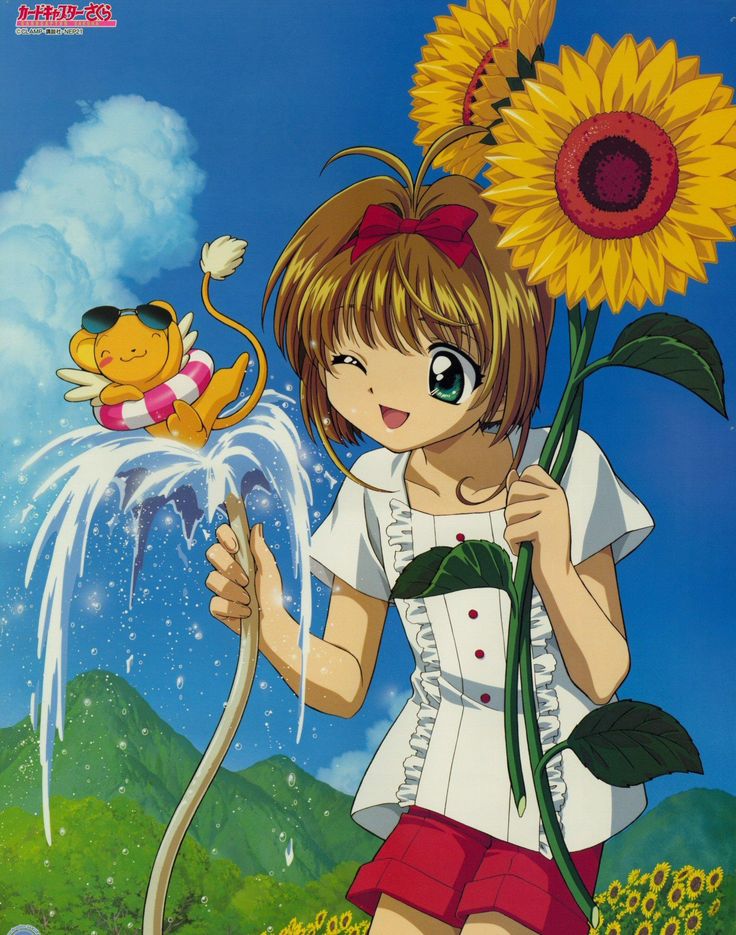
As a child, one of my favourite shows was Cardcaptor Sakura. The storyline enchanted me: a seemingly ordinary girl who discovers she can control magical cards called the Clow cards. She had a stuffed animal for a protector (Keroberos); she was fearless, resilient, and an excellent problem solver. She had a strong community that always had her back, and she always rose to a challenge.

Her growth, courage, and self-discovery journey resonated with me throughout childhood and adulthood. The Sealing Wand, the instrument that allows her to channel her magic, is a powerful metaphor for the transformative power of education. Just as Sakura’s journey was one of self-discovery and growth, education has the power to transform lives and inspire us to reach our full potential.

The Sealing Wand evolves with Sakura, mirroring her growth and her adaptability. This is much like the journey of education itself, where teachers and students grow together, adapting to new challenges and opportunities. The wand is only a tool with no power on its own, much like the knowledge and resources educators provide. What makes it magical is how it is wielded—how teachers guide students to discover their strengths and how students, in turn, make these tools their own and grow. Just as Sakura uses the Sealing Wand to capture and transform the Clow cards, overcoming every obstacle along the way, educators help students tackle challenges, break down complex ideas, and turn them into something meaningful.

Every Clow card Sakura captures becomes part of her journey, just as every concept a student learns adds to their growing cache of skills and knowledge. It’s a journey that students must actively participate in, for each journey is unique. We, as educators, are here to help facilitate meaningful learning, helping our students form their own ideas about the world around them.

Teaching, like the Sealing Wand, demands focus and trust. It is a delicate balance between guiding students and allowing them to explore independently. Sakura’s journey is built on persistence and learning through trial and error, which mirrors how students and educators grow. Mistakes aren’t setbacks but “happy little accidents,” as the great Bob Ross says. They are opportunities to reflect and improve, a natural part of the learning process.
The most profound aspect of the wand is its ability to connect Sakura to forces larger than herself, just as education connects students to the broader world of ideas and endless possibilities. This metaphor reflects the kind of teacher I strive to be: a guide and tool for transformation, helping students unlock their potential and ignite their passions to help them find their place in the world. Like Sakura’s journey, teaching is full of challenges and magic—the kind that comes from growth, discovery, and believing in the extraordinary. It’s a journey where mistakes are accepted and celebrated as crucial stepping stones in learning.

*Edit*
Two words:
Curiosity and Connection
Leave a Reply